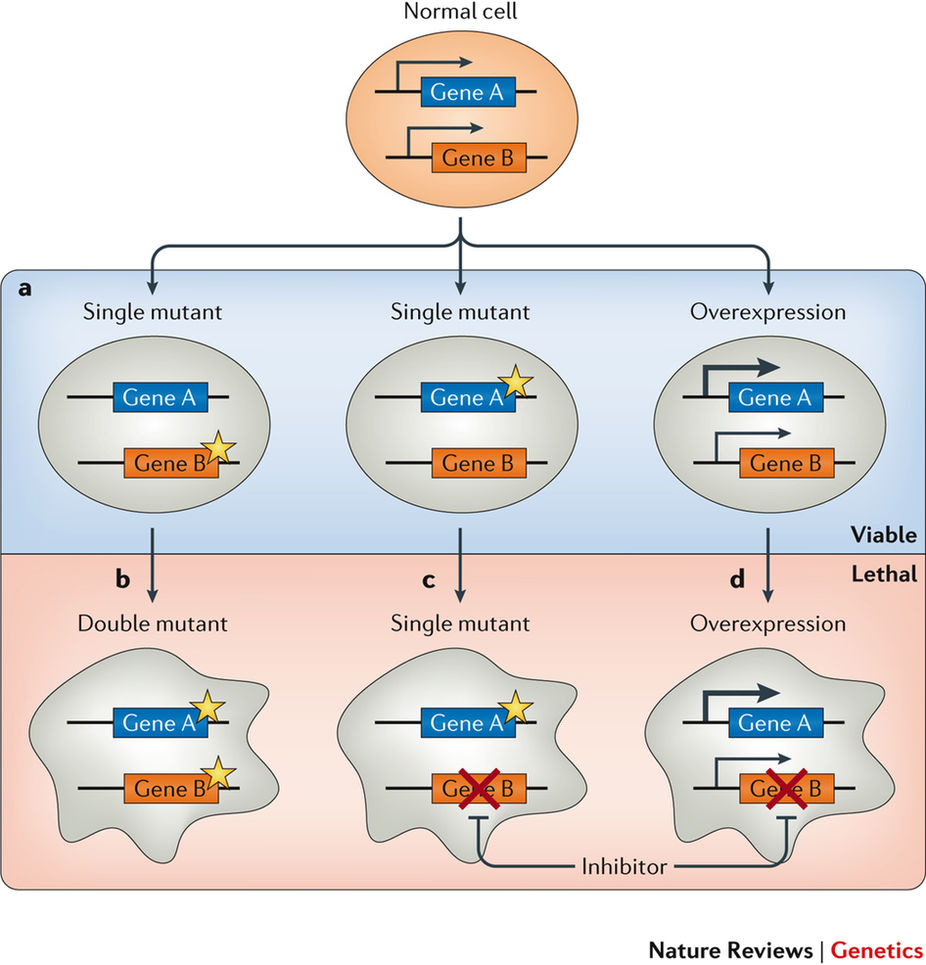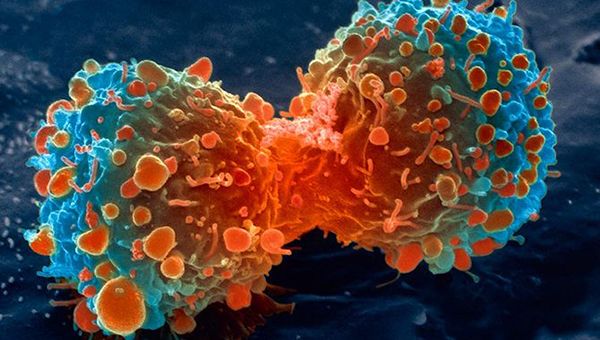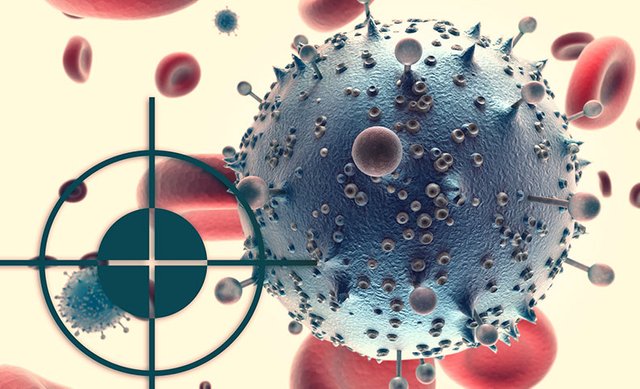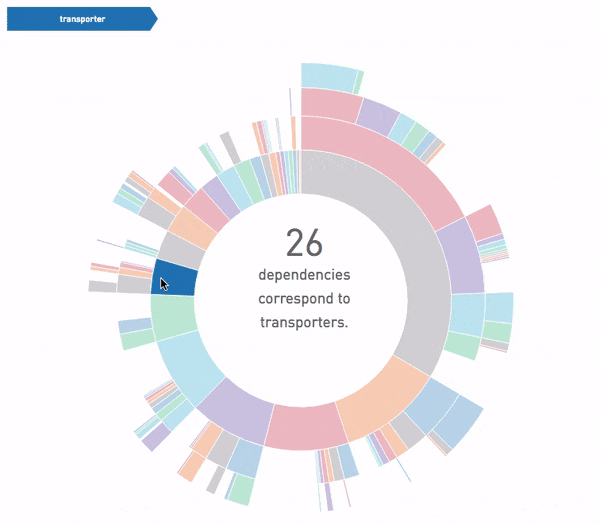New therapeutic strategies in cancer - exploiting oncogene addiction and synthetic lethality
Cancer is a group of diseases involving abnormal cell growth with the potential to invade or spread to other parts of the body.
Latest advances in molecular biology methods have provided us possibility to detect tumor-specific genetic alterations, which is a potential answer to a burning question – what are the biological changes that drive tumor progression from non-tumor cells?
Answering this question has led to development of personalized, highly specific cancer treatments with fewer adverse effects compared to conventional therapeutic approaches, which showed success not only as first-line therapy, but also in cancer patients that have failed to respond to standard therapies [1–3].
Most of these genotype-targeted cancer therapeutics exploit the phenomenon of oncogene addiction, where a tumor is dependent on an oncogene or on an oncogenic pathway for survival, or, in other words, the tumor is sensitive to lack of the oncogene or pathway. This basically means that, if we inhibit that particular oncogene or pathway by using targeted cancer therapy, we can expect to selectively kill cancer cells, leaving healthy cells intact.
In tumors where oncogene addiction cannot be exploited, another approach was developed, named synthetic lethality. A synthetic lethal interaction occurs between two genes when a perturbation that affects either gene alone is viable but the perturbation of both genes simultaneously is lethal.

O’Neil, N.J. et al. Nat. Rev. Genet. 18, 613-623 (2017).
From a therapeutic point of view, this means that the protein product of a gene that has a synthetic lethal interaction with a frequently occurring tumor-specific somatic mutation would be an excellent anticancer drug target, because only tumor cells that harbor the mutation would be sensitive to the therapeutic agent, and those cells are exactly the ones that are usually resistant to conventional treatment approaches!
It must be said that such synthetic lethal interactions are very rare, and to detect them many large-scale synthetic lethal genetic interaction screens have been developed and carried out in human cell culture, and they include RNA interference (RNAi) and, more recently, CRISPR technology [4].
The results of these screens are gathered in publicly available databases which are being extensively used by me and other scientists worldwide, helping us greatly in our mission of finding the new therapeutic approaches for various cancer types treatment!
One of these databases is called Project Achilles, and contains data from screens performed at the Broad Institute:
https://portals.broadinstitute.org/achilles
The other one, DRIVE data portal, is available from recently, and it was developed as the result of tremendous efforts of scientists from Novartis:
https://oncologynibr.shinyapps.io/drive/
Hope this text was interesting, understandable and easy to read, if you have any questions regarding this topic, I will be more than happy to answer them!
References:
Laskin, J. et al. Lessons learned from the application of whole-genome analysis to the treatment of patients with advanced cancers. Cold Spring Harb. Mol. Case Stud. 1, a000570 (2015).
Stockley, T. L. et al. Molecular profiling of advanced solid tumors and patient outcomes with genotype-matched clinical trials: the Princess Margaret IMPACT/COMPACT trial. Genome Med. 8, 109 (2016).
Swanton, C. et al. Consensus on precision medicine for metastatic cancers: a report from the MAP conference. Ann. Oncol. 27, 1443–1448 (2016).
O’Neil, N.J. et al. Synthetic lethality and cancer. Nat. Rev. Genet. 18, 613-623 (2017).



I upvoted this post already yesterday, but I didn't have time to leave a comment then, so I'm doing it now:
I really think this is a very good post about an important topic, and it must've slipped through steemstem curation somehow, because it would certainly qualify for an upvote. But there is nothing guaranteed of course, steemstem's members are only humans with a real-life aswell^^... also one of my better posts slipped by yesterday, while another one got upvoted today, so you're not alone. ;-)
Keep on the good work, rewards will come for sure!
Some minor advices:
ah yeah, and: @OriginalWorks
The @OriginalWorks bot has determined this post by @scienceangel to be original material and upvoted it!
To call @OriginalWorks, simply reply to any post with @originalworks or !originalworks in your message!
Thank you so much for useful advices, I was thinking of dropping by at the chat these days... I was trying not to get story too complicated, so the people who are not in the biology area could follow, but I'm still learning how to do this, so - thanks once again for the support, it means a lot! :)
np.
Of course, but since I work out and eat clean, becoming a whale will be difficult :D
and then there's the genetic predisposition to be a Homo sapiens, of course^^
Thank you very much steemSTEM community for your support!